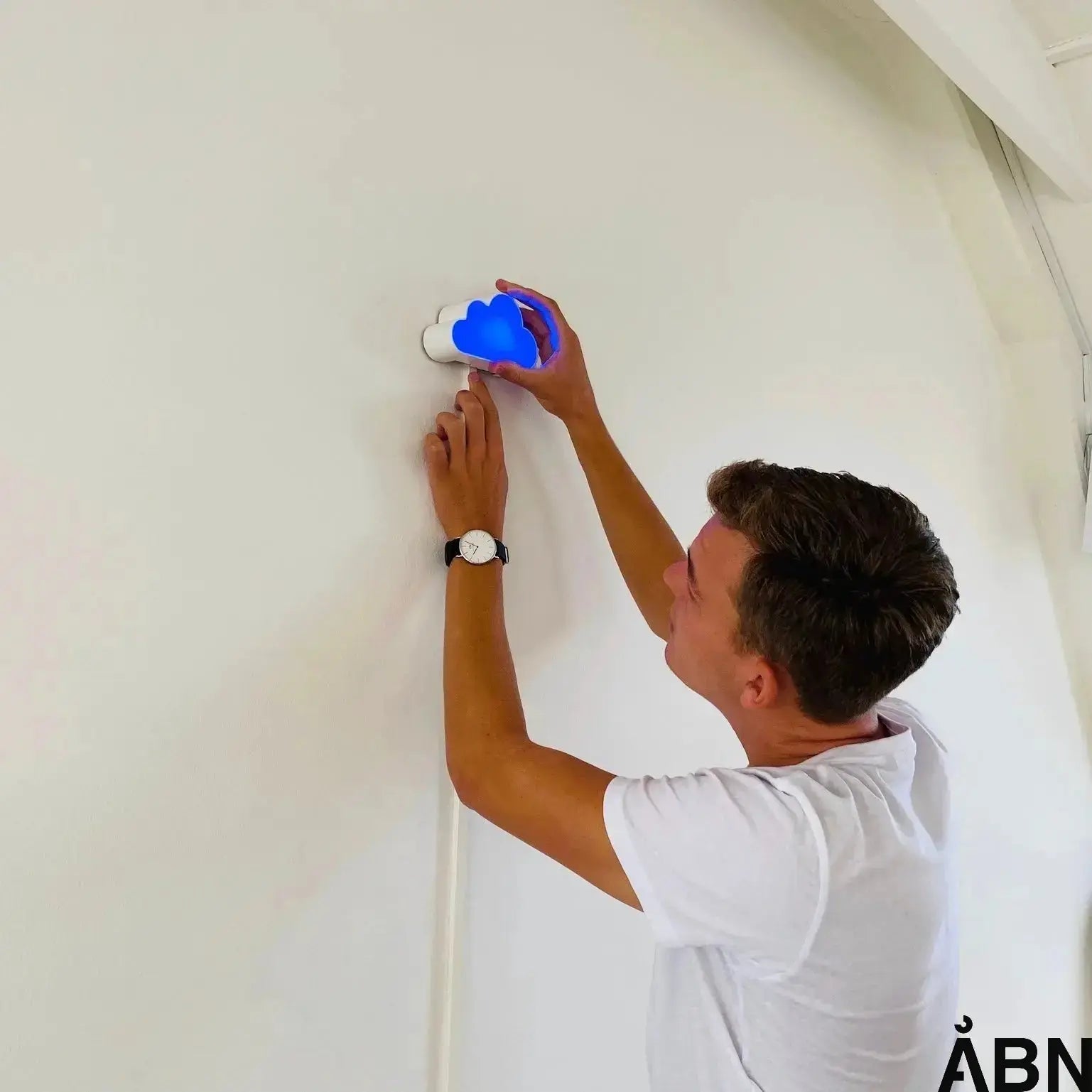Everything you need to know about volatile organic compounds in indoor air
When we talk about indoor air quality, it is important to focus on volatile organic compounds (VOCs). VOCs are chemical compounds that can evaporate at room temperature and are found in a wide range of materials and products around us. These compounds can have a negative impact on our health and well-being, which is why it is important to have an understanding of what they are and how they affect our indoor air quality.
According to the Danish Environmental Protection Agency , VOCs are a major problem as they can be harmful to both the environment and our health. Reports show that VOC emissions in Denmark are a real problem, and it is important to be aware of how we can reduce these emissions to create a healthier indoor climate.
What are the sources of VOCs?
VOCs can come from a wide variety of sources, including furniture, carpeting, cleaning products, paint, and more. These compounds can contribute to poor air quality and potentially cause symptoms such as headaches, eye, nose, and throat irritation, fatigue, and general discomfort.
How can you reduce VOCs in your home?
To ensure a healthy and comfortable indoor climate, it is important to be aware of VOC levels and take the necessary measures to reduce them. This can be done by choosing materials with low VOC content, increasing ventilation in the room and using air purifiers.
According to experts in the field, it is crucial to have knowledge about VOC and its impact on the indoor climate in order to make informed decisions. At ÅBN , we work with solutions that can help measure and visualize VOC levels in the indoor climate, so you can make the right decisions for a healthier and more comfortable environment.
FAQ
What are VOCs and where do they come from?
VOC stands for volatile organic compounds, which are found in many common products such as paints, cleaning products, furniture and building materials. They are released as vapors into the air at room temperature.
How do VOCs affect our health?
VOCs can lead to symptoms such as headaches, fatigue, eye, nose and throat irritation, and general discomfort. Long-term exposure can have more serious health consequences.
How can VOC levels in the indoor environment be reduced?
You can reduce VOC levels by choosing low-VOC products, improving ventilation, using air purifiers, and being mindful of what materials and cleaning products you use in your home or workplace.
If you have any questions about VOCs, indoor climate or our solutions at ÅBN , you are always welcome to contact us for advice, data or solutions. Together we can create a healthier and more sustainable indoor climate for everyone.









